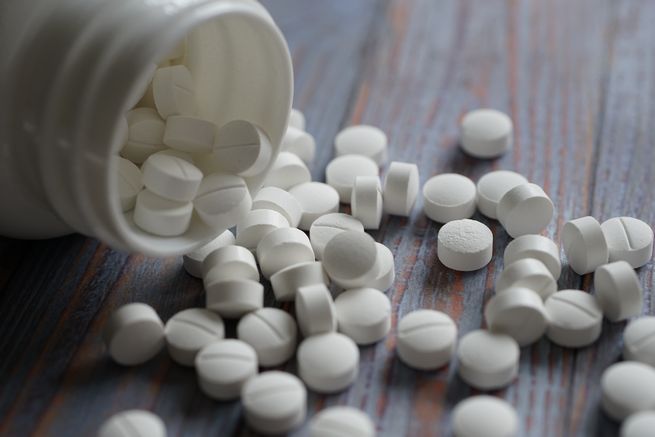Steroids are synthetic substances that mimic the effects of the male sex hormone testosterone. They have gained popularity for their ability to enhance physical performance, improve recovery, and stimulate muscle growth. However, understanding the various methods of administration is crucial for safe and effective use.
Overview of Steroids
Steroids can be classified into two main categories: anabolic steroids and corticosteroids. Anabolic steroids are primarily used for building muscle mass and improving athletic performance, while corticosteroids are often prescribed to reduce inflammation and treat autoimmune conditions.
Methods of Steroid Administration
When considering the use of steroids, it’s essential to understand how they can be administered, as this impacts their efficacy and potential side effects. Below are the primary methods:
1. Oral Ingestion
Oral steroids come in pill or liquid form. Some common examples include:
– **Methandrostenolone** (Dianabol)
– **Oxandrolone** (Anavar)
– **Stanozolol** (Winstrol)
**Advantages:**
– Easy to administer.
– Convenient for those who prefer not to use needles.
**Disadvantages:**
– Increased risk of liver toxicity due to first-pass metabolism.
– Potential gastrointestinal issues.
2. Injectable Steroids
Injectable steroids are usually delivered through intramuscular or subcutaneous injections. Common injectable steroids include:
– **Testosterone enanthate**
– **Nandrolone decanoate**
– **Trenbolone**
**Advantages:**
– Lower risk of liver damage compared to oral steroids.
– More stable blood levels with fewer peaks and troughs.
**Disadvantages:**
– Requires proper technique and sterile equipment.
– Risk of injection site infections.
3. Topical Applications
Topical steroids are applied directly to the skin in the form of gels, creams, or patches. Examples include:
– **Testosterone gel**
– **Clobetasol propionate cream**
**Advantages:**
– Localized effect with minimal systemic absorption.
– Non-invasive administration method.
**Disadvantages:**
– May be less effective for systemic issues.
– Potential for skin irritation.
Steroids can be administered through various methods, each with its own advantages and considerations. Common methods include oral ingestion, injections, and topical applications. Oral steroids are convenient but may have a higher risk of liver toxicity. Injectable steroids are often preferred for their direct delivery into the bloodstream, reducing liver strain. Topical applications, such as creams or gels, offer localized treatment with minimal systemic effects. For those interested in purchasing steroids, it is essential to consider the method of application that best suits their needs. For more information and tobuy online, visit the provided link.

Choosing the Right Method
Choosing the appropriate method of steroid administration depends on individual goals, medical conditions, and personal preferences. Here are some factors to consider:
– **Goal of Use:** If the aim is to gain muscle mass quickly, injectable steroids might be more suitable. If the goal is localized treatment, topical applications could be ideal.
– **Health Concerns:** Individuals with pre-existing liver issues might want to avoid oral steroids due to their hepatotoxicity.
– **Comfort Level:** Those uncomfortable with needles might prefer oral or topical methods, despite their limitations.
Conclusion
The method of steroid administration plays a crucial role in determining both the effectiveness and safety of these compounds. Each method has its unique benefits and risks, making it vital for users to carefully consider their options. Whether opting for oral steroids, injections, or topical applications, understanding the implications of each method can lead to better outcomes and enhanced safety. Always consult with a healthcare professional before starting any steroid regimen to ensure it aligns with your health goals and conditions..

